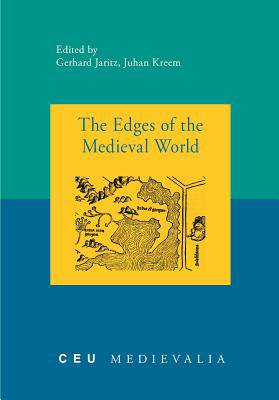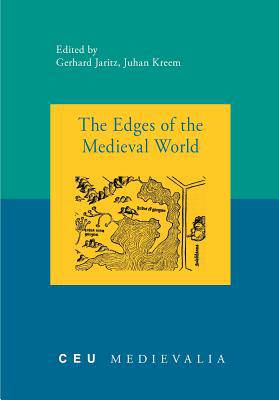
- Afhalen na 1 uur in een winkel met voorraad
- Gratis thuislevering in België vanaf € 30
- Ruim aanbod met 7 miljoen producten
- Afhalen na 1 uur in een winkel met voorraad
- Gratis thuislevering in België vanaf € 30
- Ruim aanbod met 7 miljoen producten
Zoeken
Omschrijving
In the Middles Ages, the edges of one's world could represent different meanings. On the one hand, they might have been situated in far-away regions, mainly in the east and north, that one most often only knew from hearsay and which were inhabited by strange beings: humans with their faces on their chest, without a mouth, or with dog heads. On the other hand, the edges of one's world could just mean the borders of the community where one lived and that one sometimes might not have had the possibility to cross during one's whole life.In this volume specialists from eight European countries offer their ideas about different edges of the medieval world and contribute to a discussion that has been increasing greatly in Medieval Studies in recent times.
Specificaties
Betrokkenen
- Uitgeverij:
Inhoud
- Aantal bladzijden:
- 150
- Taal:
- Engels
- Reeks:
- Reeksnummer:
- nr. 11
Eigenschappen
- Productcode (EAN):
- 9789639776456
- Verschijningsdatum:
- 15/10/2009
- Uitvoering:
- Paperback
- Formaat:
- Trade paperback (VS)
- Afmetingen:
- 163 mm x 231 mm
- Gewicht:
- 272 g

Alleen bij Standaard Boekhandel
+ 44 punten op je klantenkaart van Standaard Boekhandel
Beoordelingen
We publiceren alleen reviews die voldoen aan de voorwaarden voor reviews. Bekijk onze voorwaarden voor reviews.










